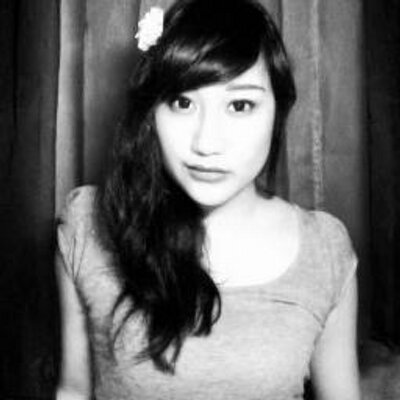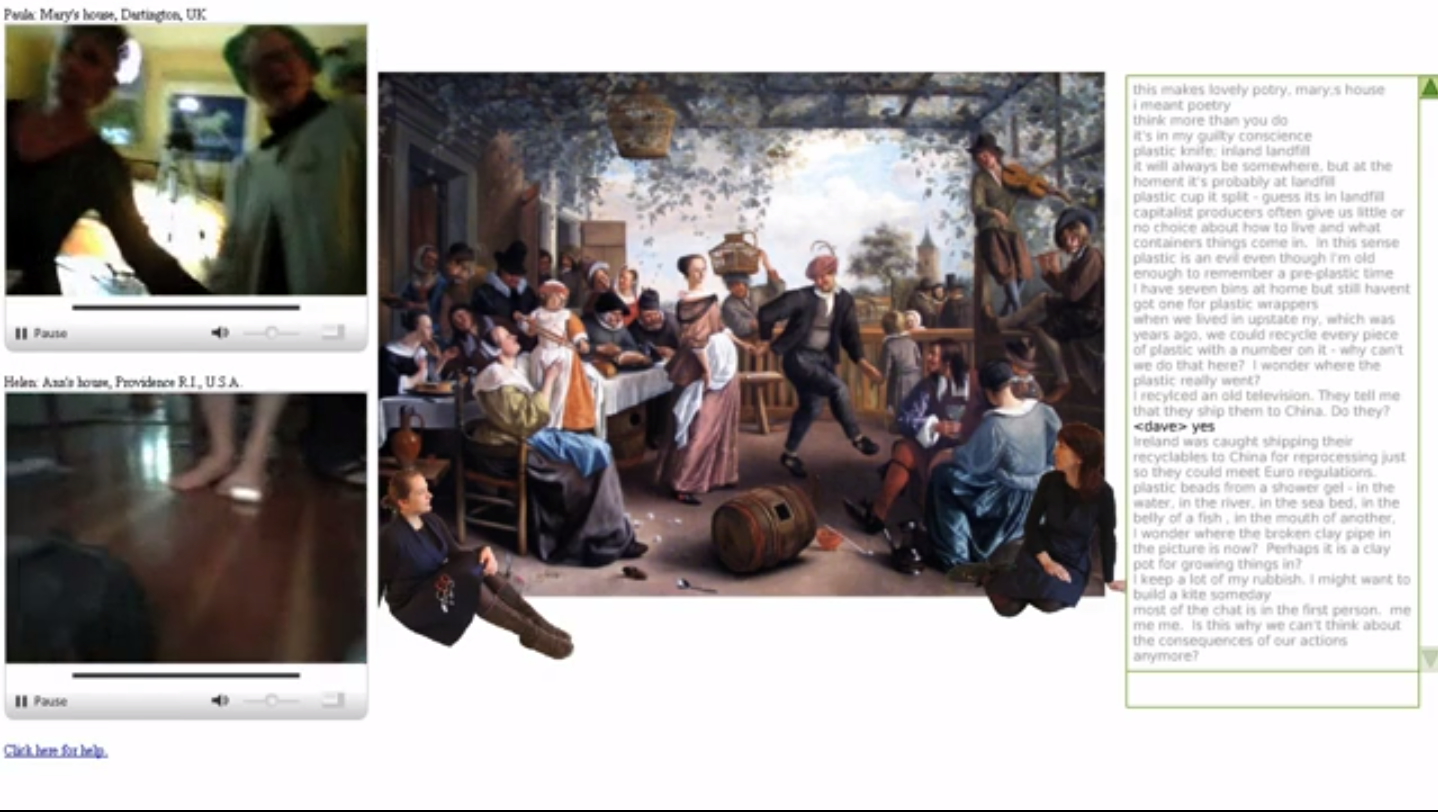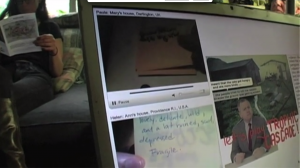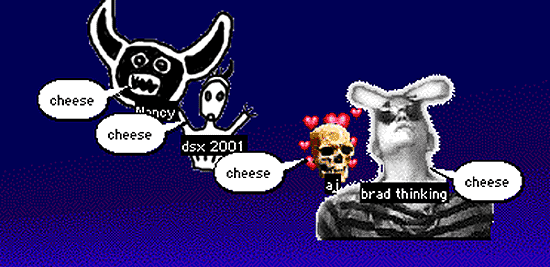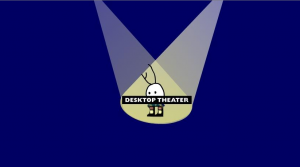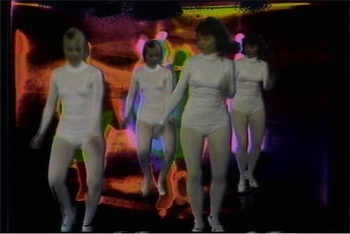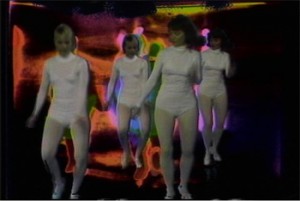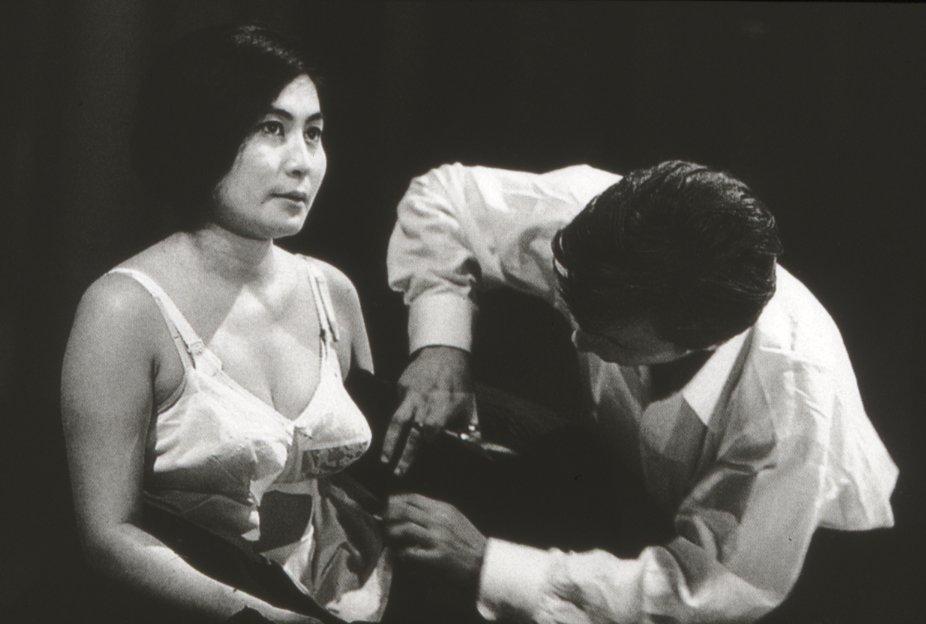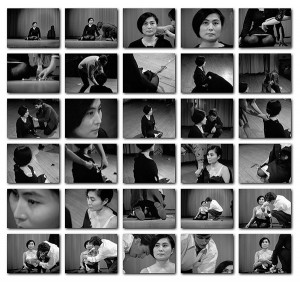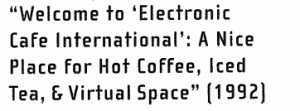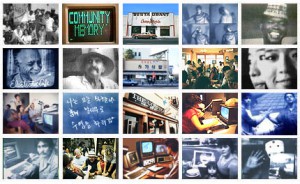A documentation of the networked performance event make-shift devised and brokered by Paula Crutchlow and Helen Varley Jamieson at The Home and the World Summit, Dartingon, Devon and BIARI, Brown University, Providence, R.I, USA.
Each event is telematically located between two ordinary houses (usually in different countries) and an online performance space1 accessible to anyone with a broadband connection. We (Helen and Paula, one in each house) work with proximal2 and online participants to collaboratively ‘stage’ the work.
– Artists’ Statement
In this day an age, the Internet has become a virtual stage that connects millions of people and fosters interaction between them and collapses the boundaries and limitations that come with geographical location and distance. Now, more than ever before, with the widespread of webcam technology, it opens the possibility of new forms of art as well as new ways to engage in more familiar types of interactions. As the cyberperformance is conducted in real-time, it possesses surreal documentary authenticity and liveness that is central to its appeal. People log into their webcams to see what they’re doing/or what is happening in the space at the present moment; now.
Likeness and actuality are the ontological conjoined-twins of webcam; and this inextricably links the new webcam medium to the liveness and actuality of performance art. Of course, unlike performance art, the webcam is a mediated experience… Webcams essentially purport to be the virtual performance of real life.
– Steve Dixon, Webcams: The Subversion of Surveillance (pg. 443-455), Digital Performance, 2007
It also eliminates the distance between performer and audience and encourages public interaction. The audience is also aware of their power to influence the performance with their dialogue, actions and improvisations which makes the overall performance intimate.
This intimacy enables a sense of temporary community which is also an active negotiation of difference; alongside the socio-political content a space opens up in which audiences can think deeply, discuss, and shift their perceptions about local-global relationships, experiencing a sense of connection which leaves physical and virtual traces.
– Project Abstract, Make-Shift
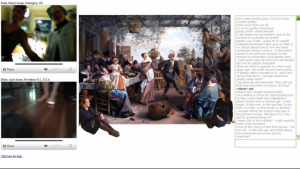
I feel that this project sheds light on how society operates. It gives us insight on how social relationships develop – the narrative arc and discursive participation- according to normative convention in relation to the knowledge of being watched in their personal spaces. In short, the awareness of surveillance brings about heightened actions despite it being “a fly on the wall”. In this way, the audience are able to experience the event in a way that would impossible by any other means. A webcam is categorized by having a generally opposite impulse towards openness, sharing as well as freedom of expression. Even if you don’t know someone personally, you feel like you do just because they appear or put their lives online. However, the challenge and the opportunity offered by make-shift, is that no one person can ever see or experience it as a whole.
